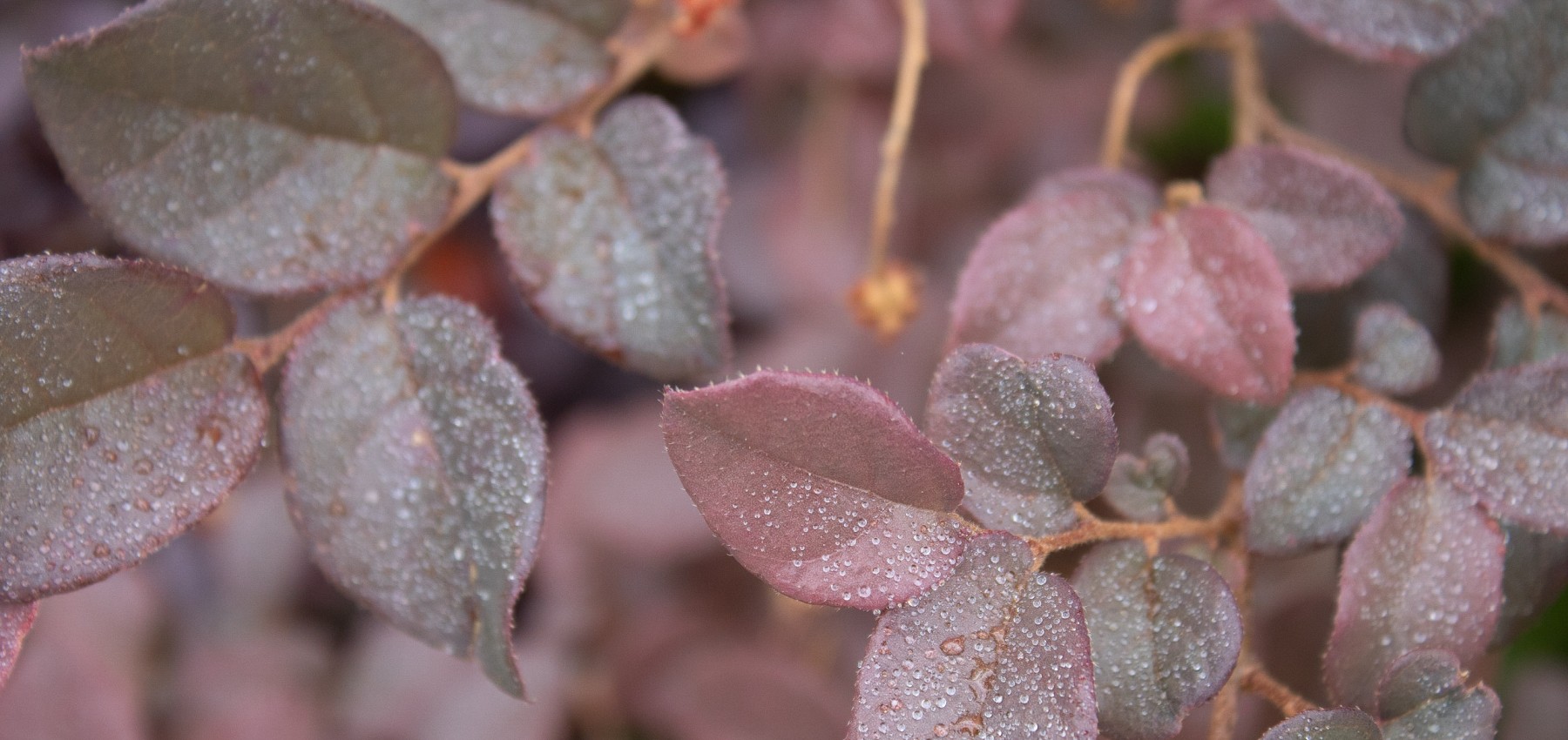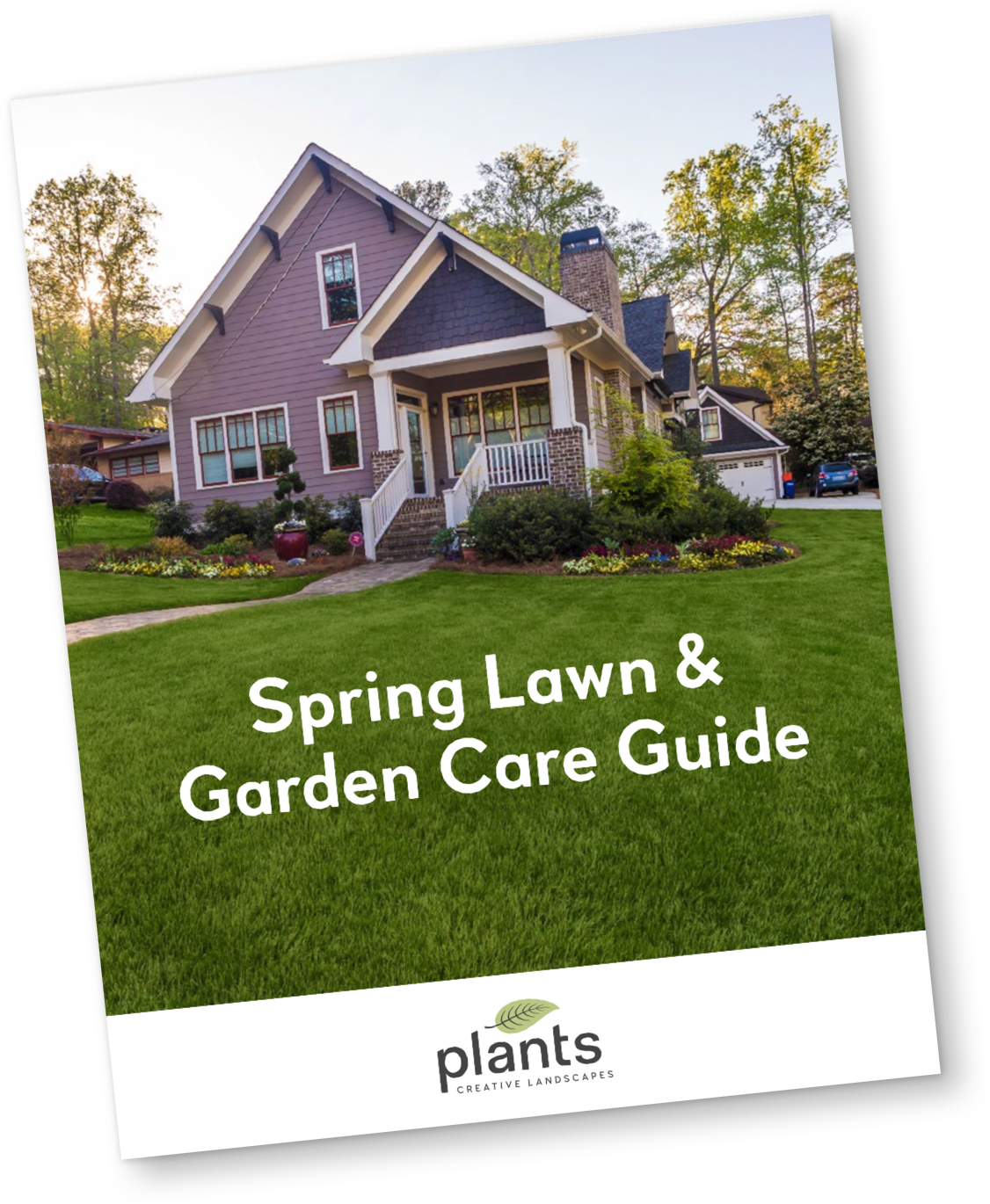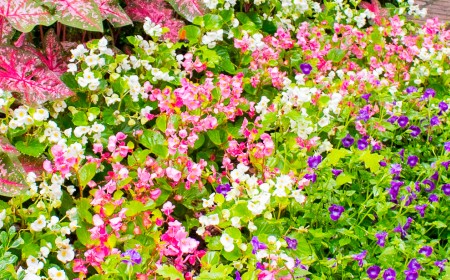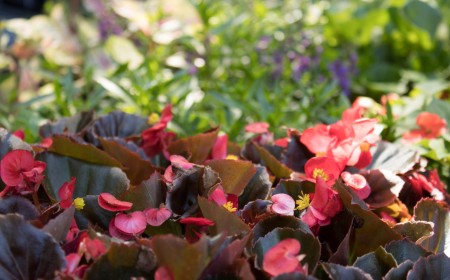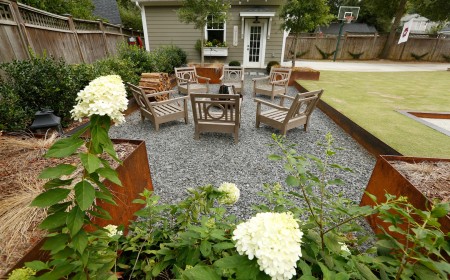While some landscaping companies further north have to deal with heavy snow and ice all winter long, we have it a little easier here in Georgia. Instead of planning for snow plowing, salting and deicing, we’re able to plant all winter long and really use the season as a time to prepare for spring.
In early fall, usually around September, I review the maintenance agreements we have in place with customers. Depending on how involved the customer likes to be, I create a strategic plan for their property with or without them. If you’ve ever wondered what’s a part of these plans, or if you’d like to make a plan for your own landscape, here’s what I like to include.
Preparing your property for winter
The very first thing I do before winter rolls around is walk around each property. I use this time to figure out what kind of reductions need to be made in the landscape — what trees might need pruning, what shrubs might need trimming, and what flowers need to be cut back or divided. Then we get to clean up and maintenance!
- Yard and irrigation maintenance — This involves regular fall leaf cleanup and removal. If there’s an automatic irrigation system installed, we winterize it. This involves draining the mainline — and any lateral lines — of the system so that the pipes don’t freeze. After that, the main water supply is shut down, and the irrigation clock turned off.
- Turf care — When September rolls around, we start to aerate and overseed fescue lawns. Aeration allow the roots of the lawn better access to water, air, and nutrients. Combining aeration with overseeding allows the new seedlings better access to healthy soil and, with good fertilization and watering, the most favorable growing conditions over the fall and winter growing season. Over time, overseeding fills in bare spots and improves the density of the lawn.
- Garden care — We start by cleaning up any excess leaves, weeding and applying fresh applications of mulch and pine straw on each property’s garden beds! Seasonal plantings for fall are planted in October, and usually include things like ornamental kale and chard, mustard flowers, violas and sweet-smelling pansies. Annuals are divided to prevent overcrowding in each bed. We also dig up any delicate bulbs that might die over the winter and store them indoors — to be replanted in the springtime!
If you ever have more questions about how to use winter to your landscape’s advantage, or if you’re interested in getting our maintenance know-how to work for you, feel free to reach out to us!
